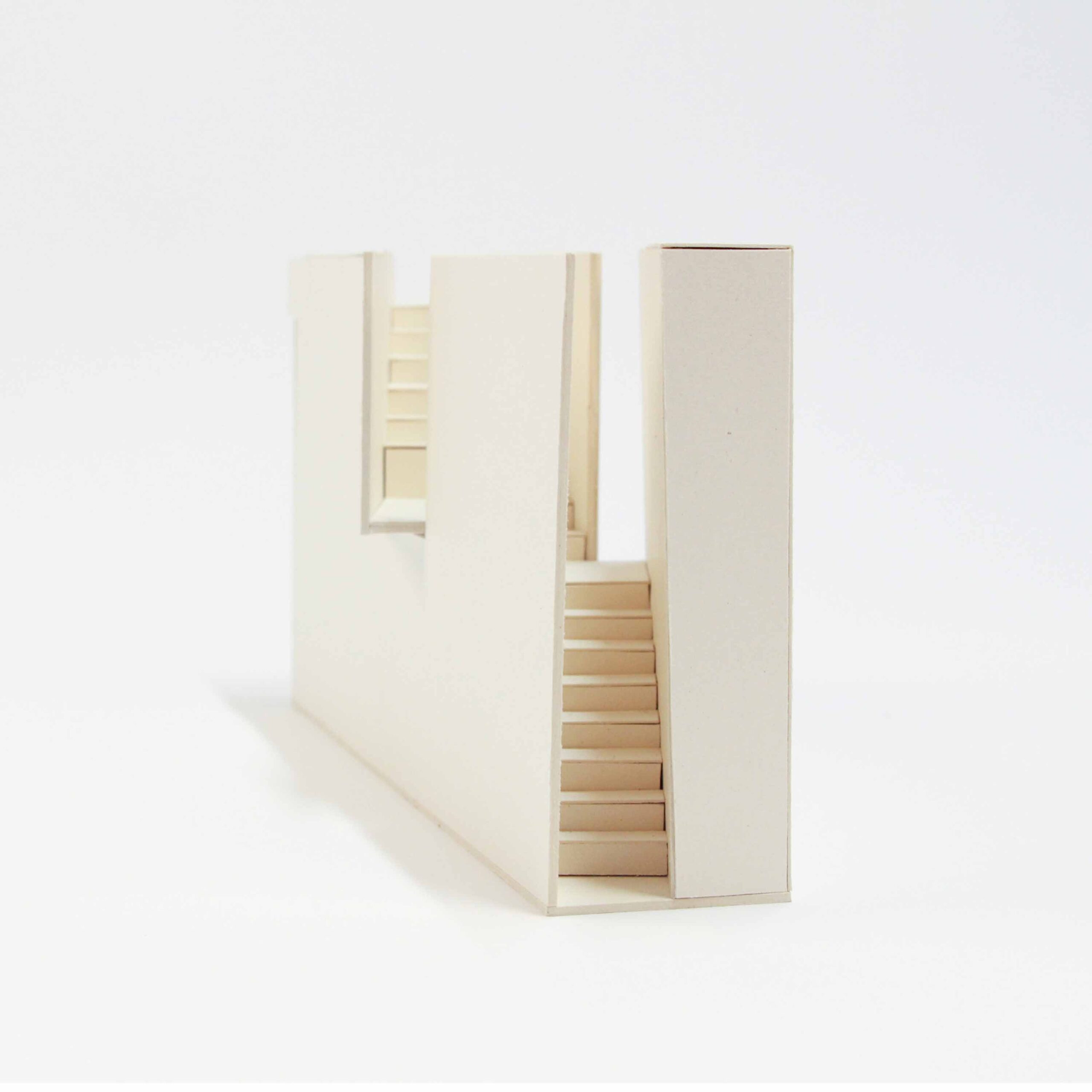
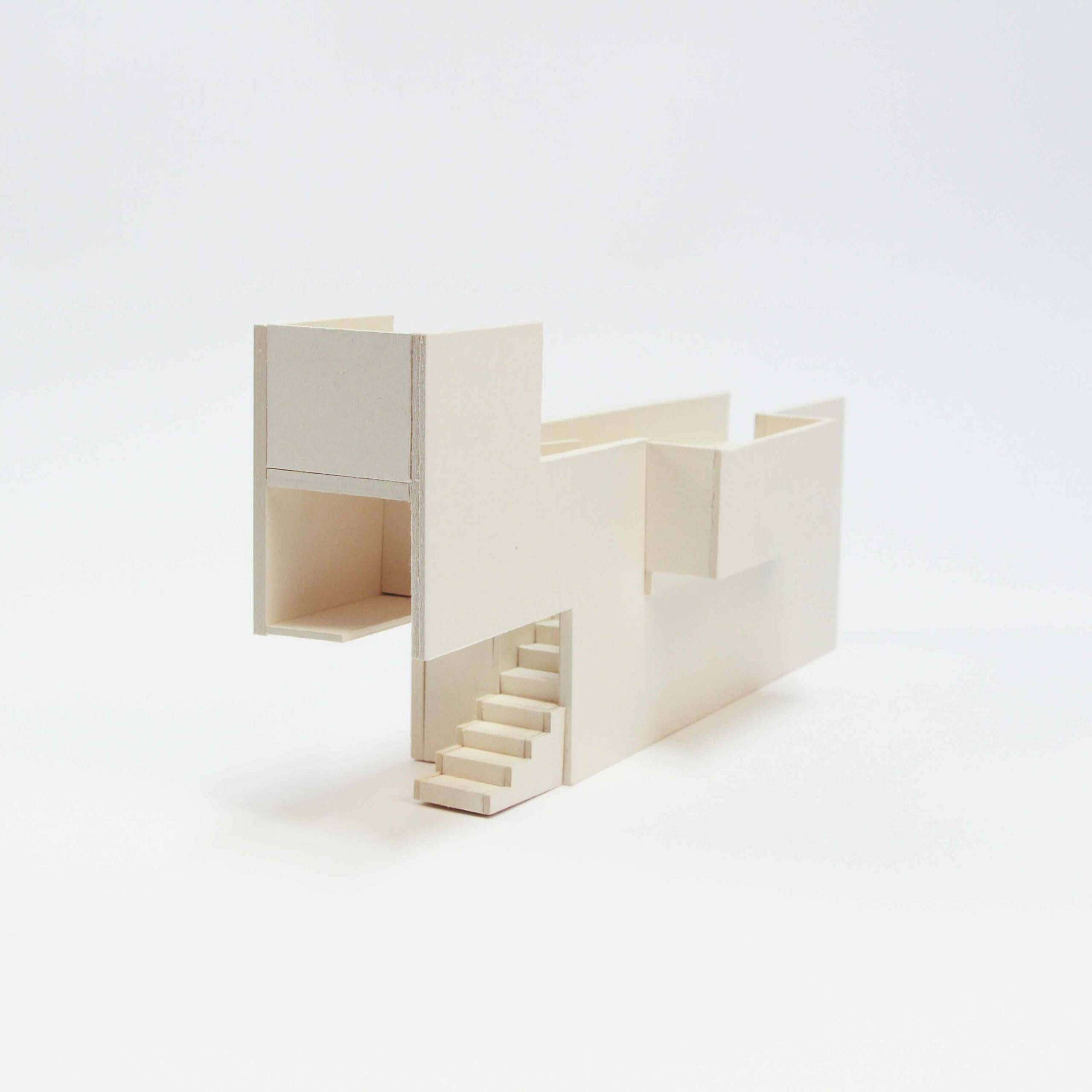
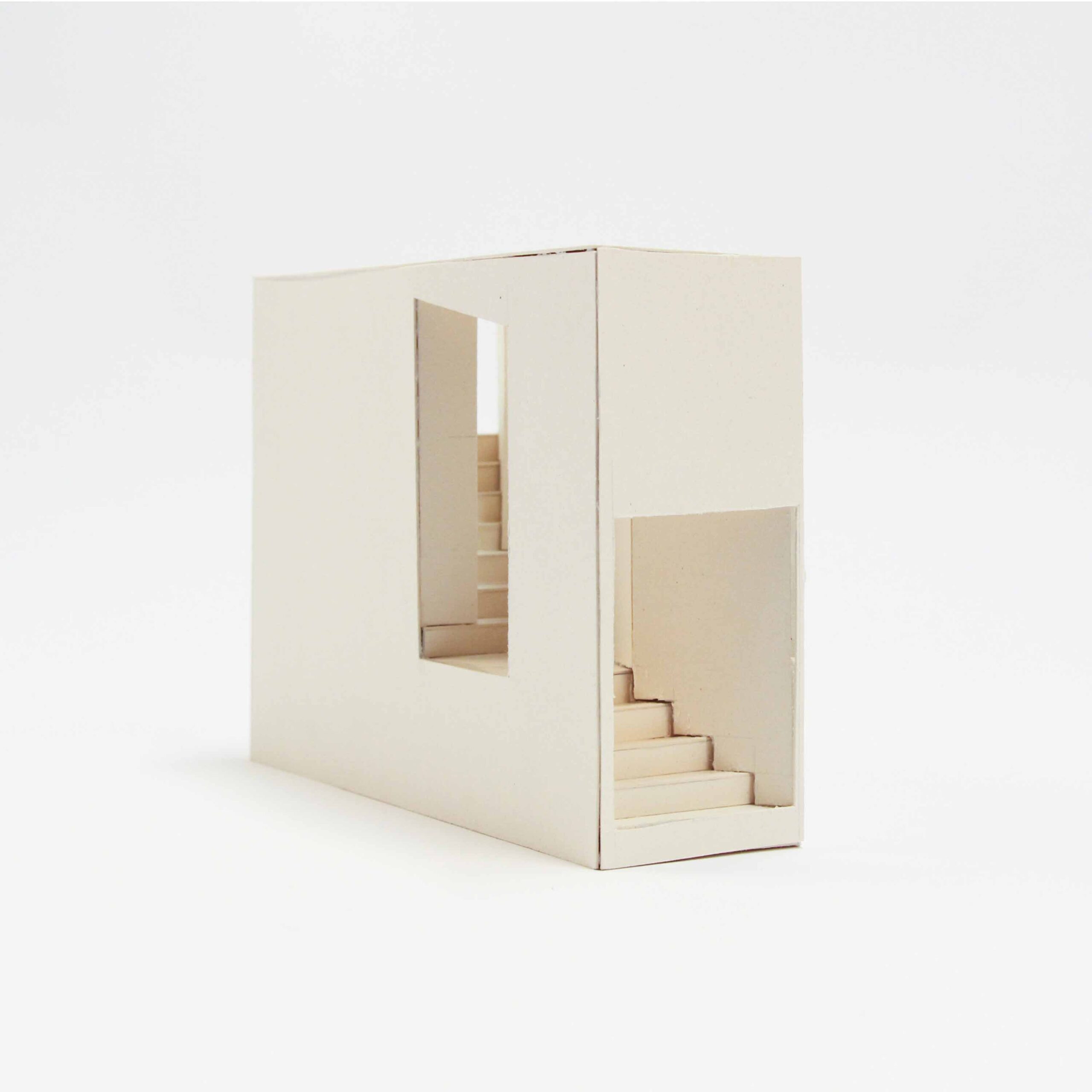

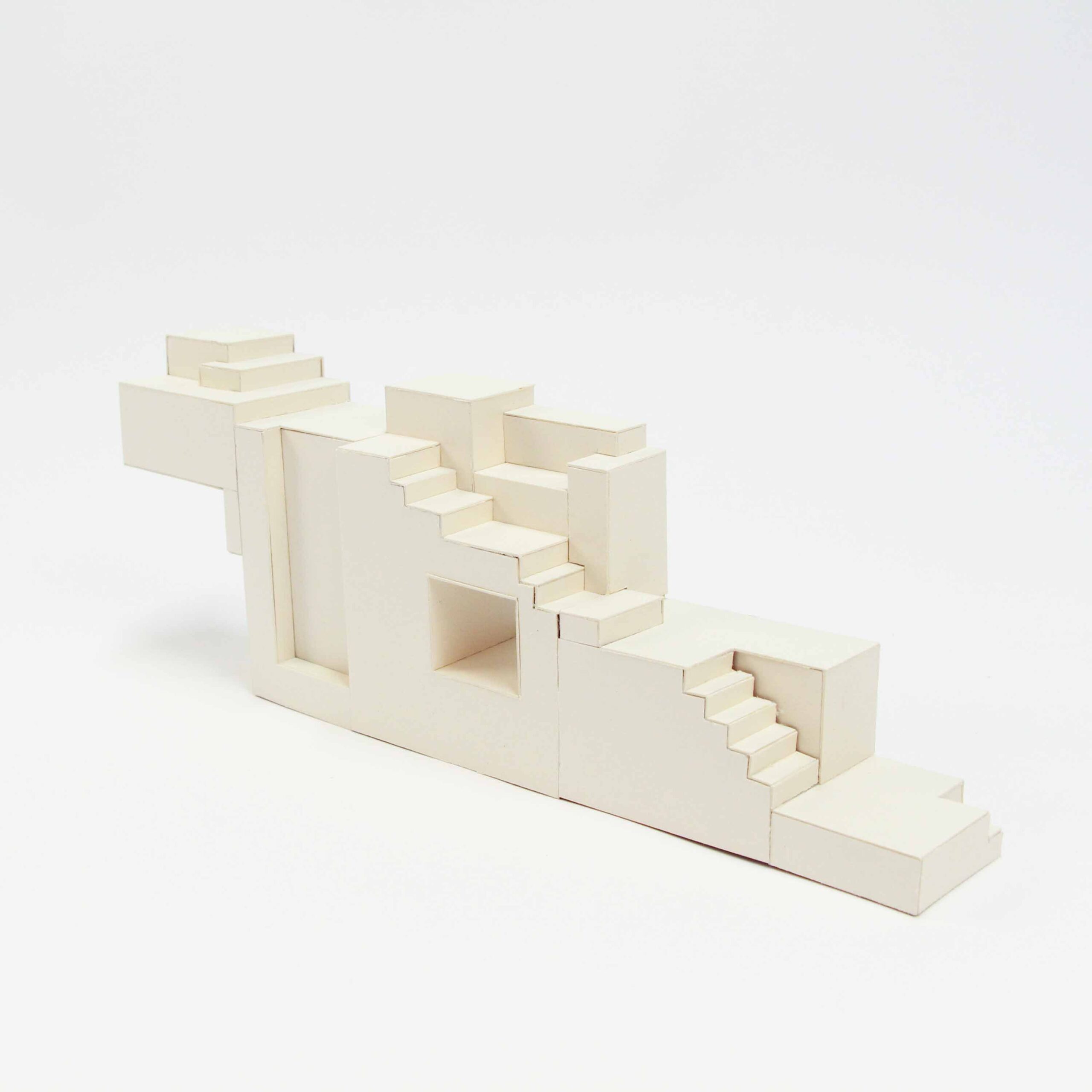
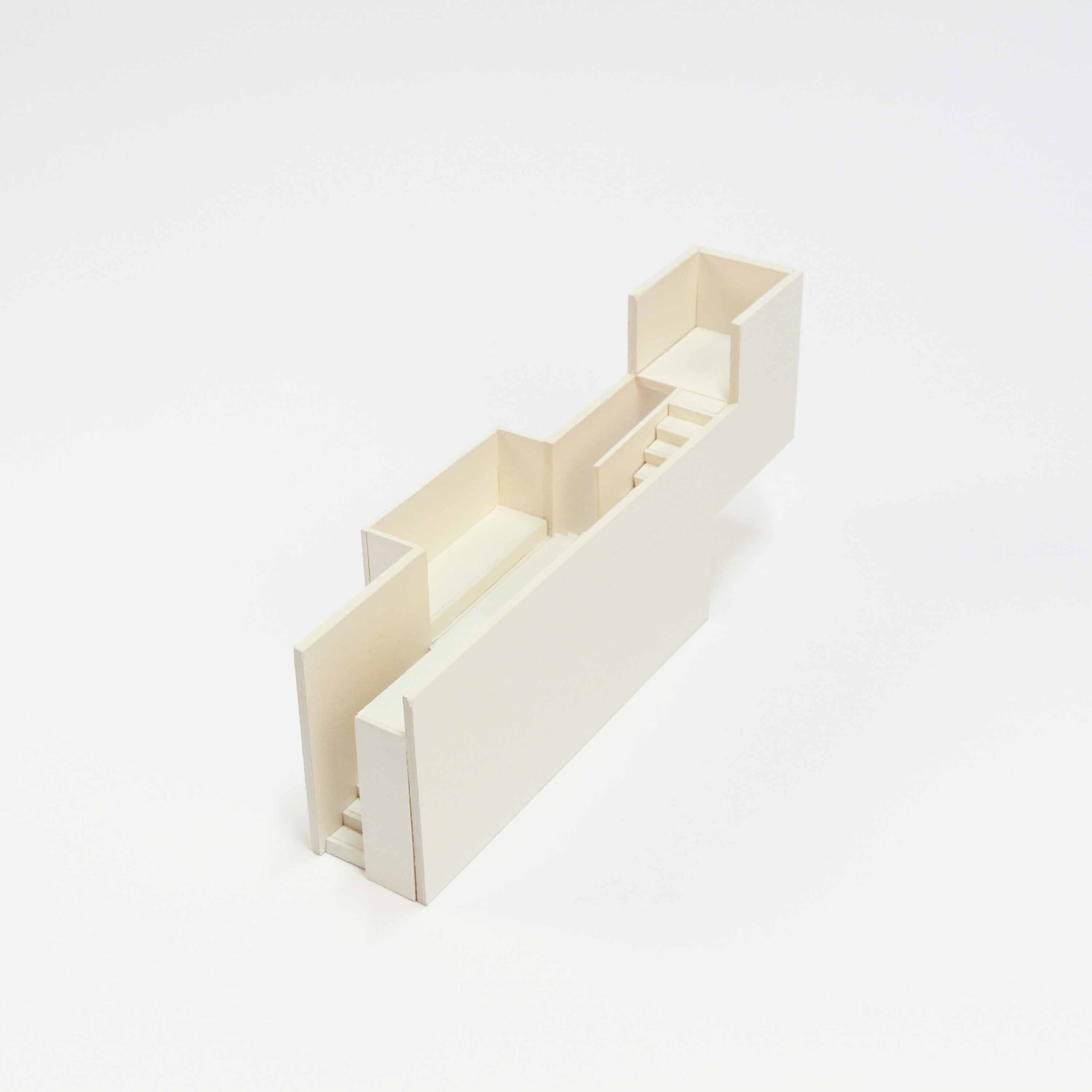
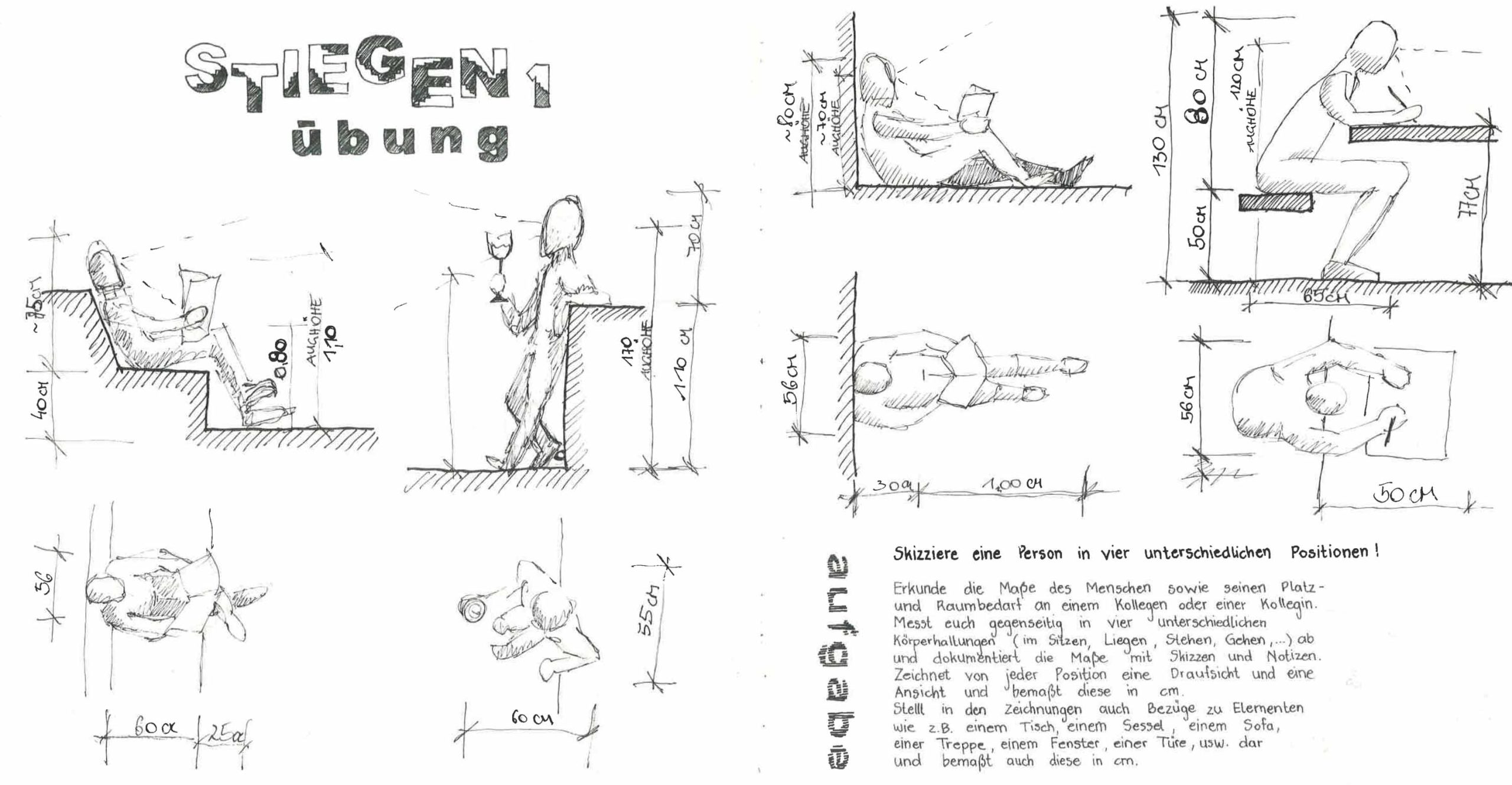

With the help of individual exercises, students are supported in rediscovering and rethinking their idea of the built environment and questioning their classic ideas of space - four walls, a floor and a ceiling - that they have learned over the years. In the Design Principles, students work primarily on the development of space. Space can be open, closed, wide, narrow, flowing, etc. Space is formed by differences in height, jumps in the ceiling, wall and floor, by niches, landings, bay windows, galleries, balconies, by light and shadow, and it can change through different uses.
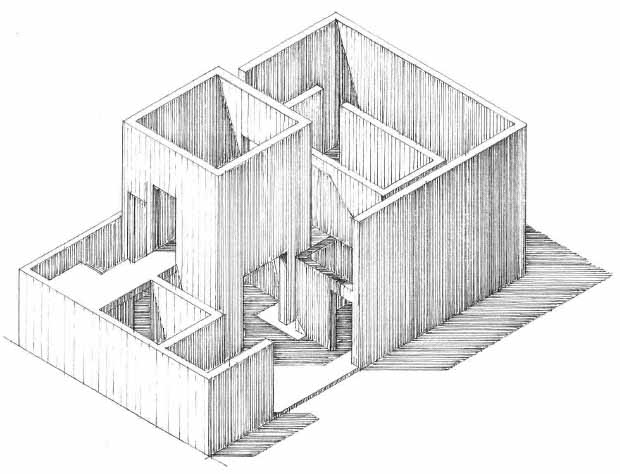

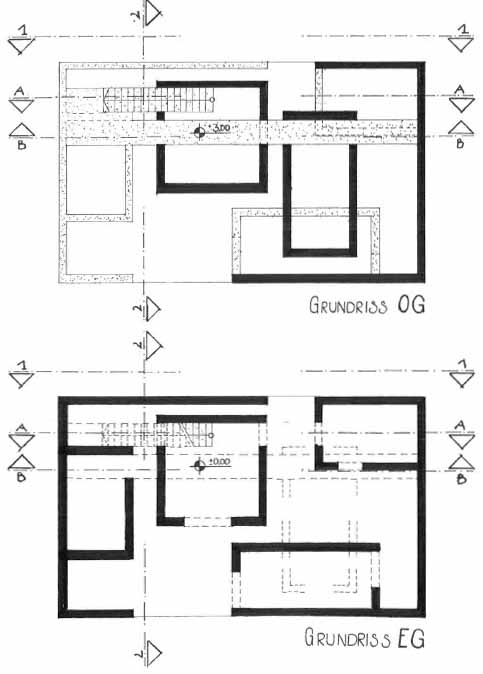
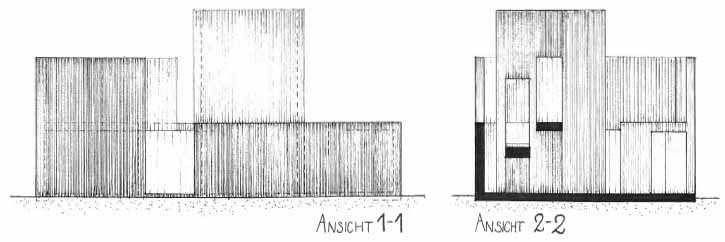

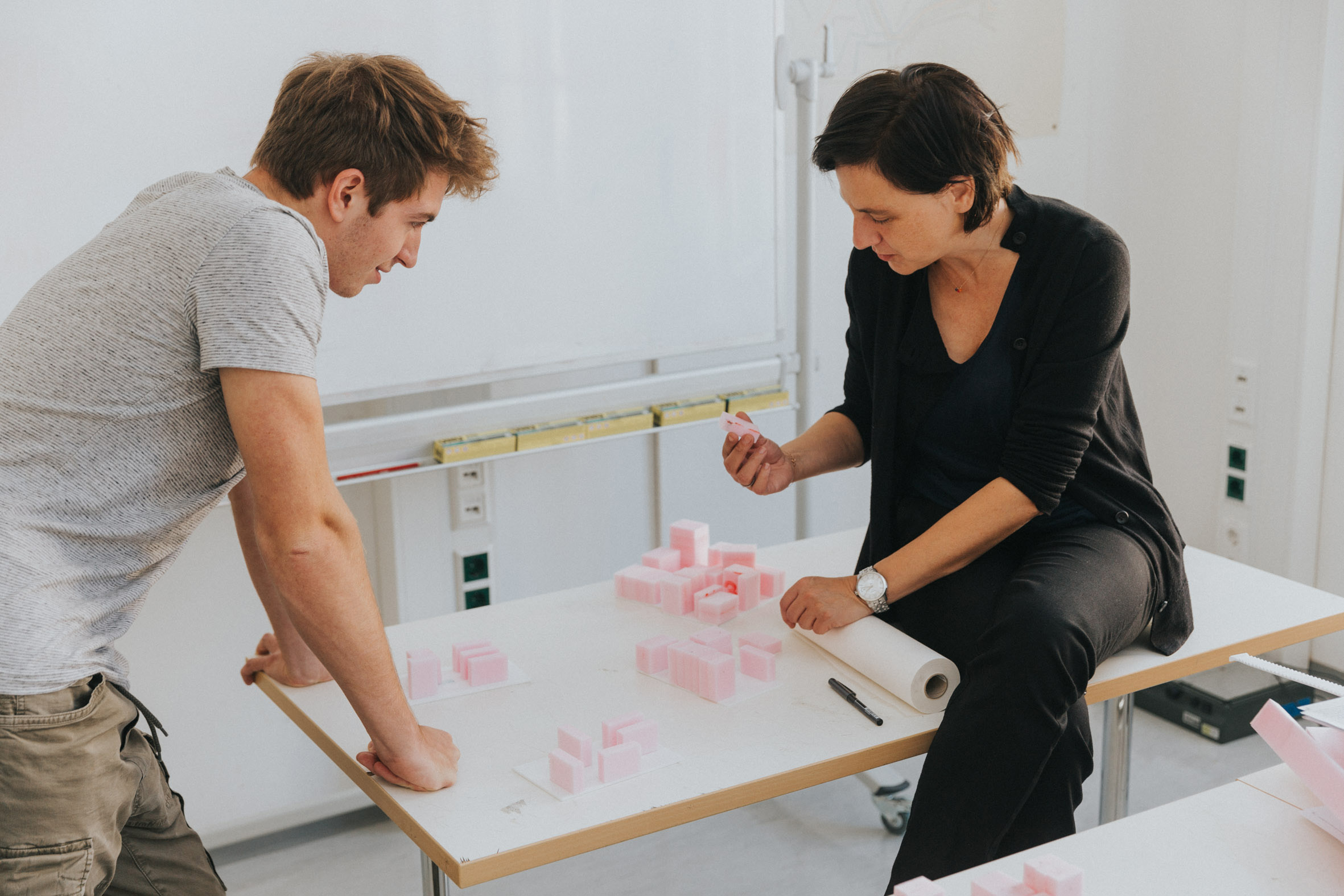




With the help of individual exercises, students are supported in rediscovering and rethinking their idea of the built environment and questioning their classic ideas of space - four walls, a floor and a ceiling - that they have learned over the years. In the Design Principles, students work primarily on the development of space. Space can be open, closed, wide, narrow, flowing, etc. Space is formed by differences in height, jumps in the ceiling, wall and floor, by niches, landings, bay windows, galleries, balconies, by light and shadow, and it can change through different uses.












